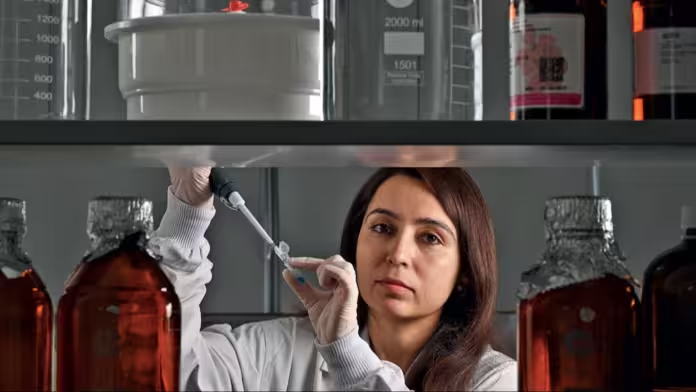Ahammune Biosciences has successfully secured $5 million in a Series A funding round, primarily led by pi Ventures. Additional investors include Capital2B, Colossa Ventures, Bipin Agarwal, Unicornus Maximus LLP, and existing backers like Ideaspring Capital, Kotak Alternate Assets, and Legacy Assets LLP, along with the Indian Angel Network (IAN).
The funds will enable the clinical-stage therapeutics company to conduct Phase II trials for its innovative drug candidate targeting vitiligo, a chronic autoimmune condition characterized by the loss of skin pigmentation, for which no effective cure currently exists. Moreover, the investment will help expand Ahammune’s patent portfolio and enhance its research and development initiatives for various immune-mediated skin disorders.
Ahammune’s commitment to addressing significant unmet medical needs is evident in its innovative approach. Parul Ganju, co-founder of Ahammune, highlighted that their small molecule drug candidate stands out as it avoids generalized immunosuppression, offering a first-in-class mechanism that not only halts the progression of vitiligo but also encourages the activity of melanocytes, the cells responsible for skin color.
Having demonstrated safety in Phase I trials with healthy participants, the topical application of this drug candidate aims to provide substantial improvements for millions of individuals affected by this lifelong condition. With Phase II trials on the horizon, Ahammune is focused on evaluating both the safety and efficacy of the treatment for vitiligo patients.
In addition to its vitiligo efforts, Ahammune is dedicated to developing a robust pipeline of patented molecules aimed at treating a range of dermatological and autoimmune diseases, reinforcing its position in the medical research community.


Recent Comments